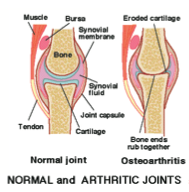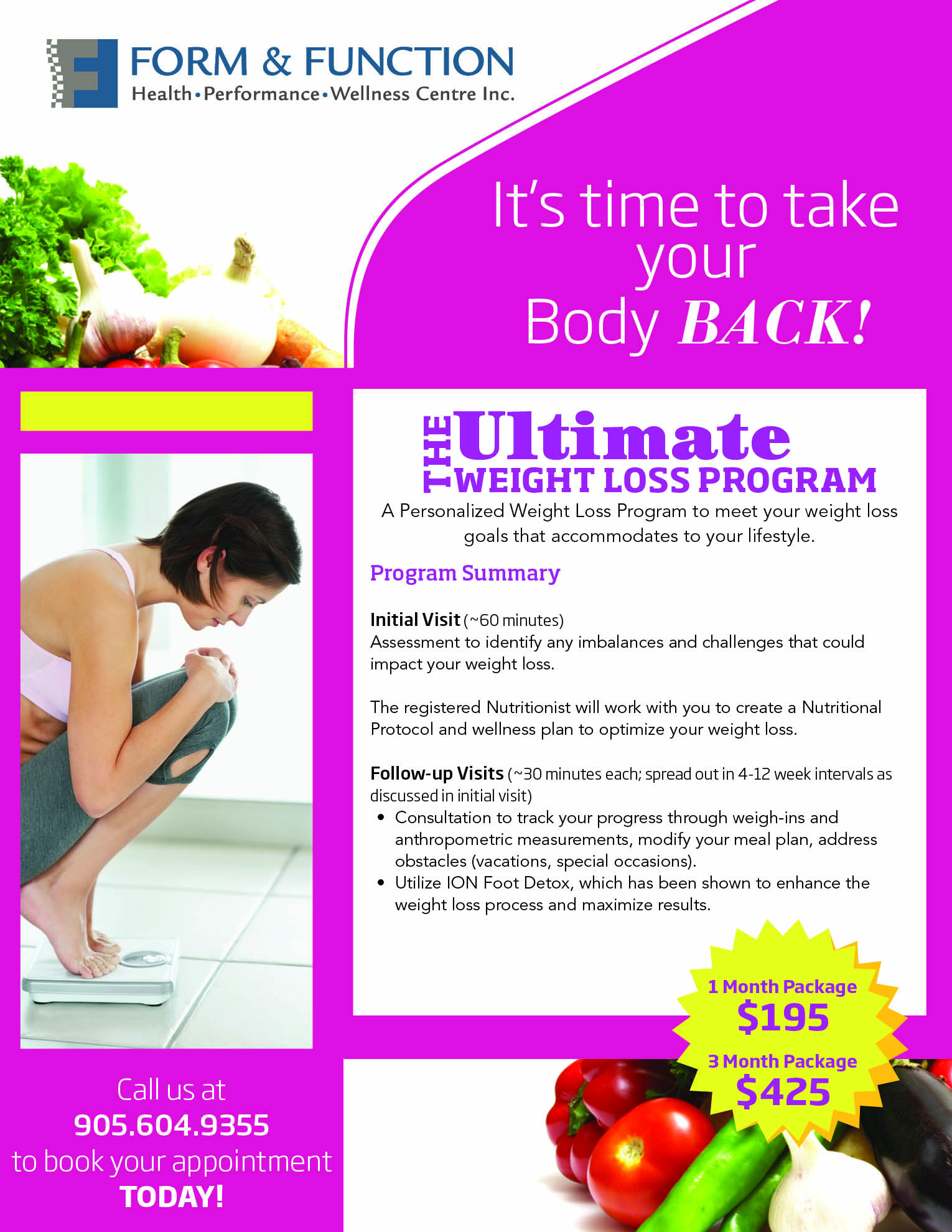Osteoarthritis
As a large number the Canadian population ages, osteoarthritis will become an increasingly common condition. Here is some information regarding osteoarthritis.What is Osteoarthritis?
Osteoarthritis is a degenerative condition that involves the wear and tear of cartilage between joint surfaces leading to exposed bone on bone rubbing. It generally affects people in their 60s or 70s but can also occur in those 50s or younger. It most commonly affects weightbearing joints like knees, hips, neck and back.
 Symptoms may include:
Symptoms may include:
– Pain, especially prior to weather changes
– Stiffness in joints, especially in the morning
– Swelling
– Redness
– Feeling of heat around joints
– Loss of flexibility and mobility
– Tenderness
– Grating sensation between joint
Predisposing factors may include:
– Overweight
– Poor joint mechanics/alignment
– Prior joint injuries
– High impact or repetitive occupations
– Female sex
– Other conditions (like diabetes)
– Lack of regular exercise
Treatment of mild to moderate osteoarthritis involves tailored individualized exercise program that:
– Increase strength to protect the joint and minimize unnecessary rubbing between joints
– Increase or maintain flexibility to help keep joint fully lubricated
– Increase endurance to help increase ability to do functional activities
– Splinting or bracing to offset pressure on joint surfaces
Treatment of severe osteoarthritis often involves surgical intervention if conservative management is exhausted.
If you are experiencing osteoarthritic pain, come in to Form and Function to get assessed by one of our healthcare professionals. We can determine the state of your osteoarthritis and prescribe an individualized exercise program to help you minimize your pain and increase your function. Even if you are not currently experience pain, you may want to get assessed for proper biomechanics to help prevent the onset of osteoarthritis. Being proactive is much better than being retroactive!
Manni Wong
Registered Physiotherapist


